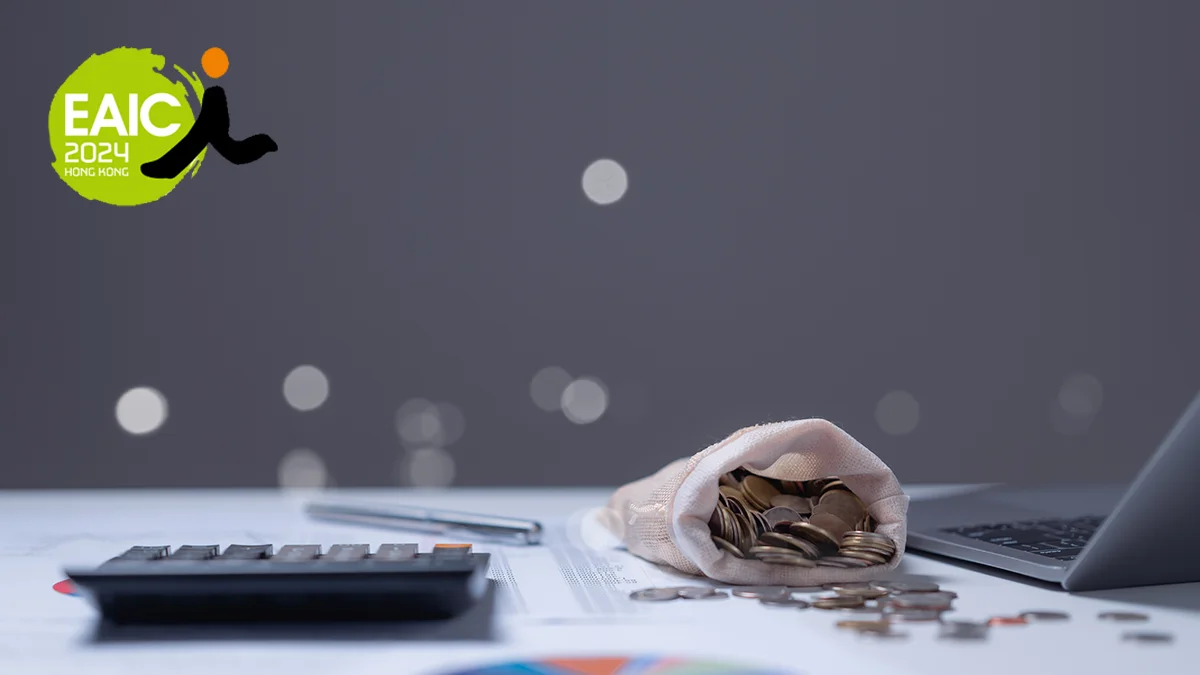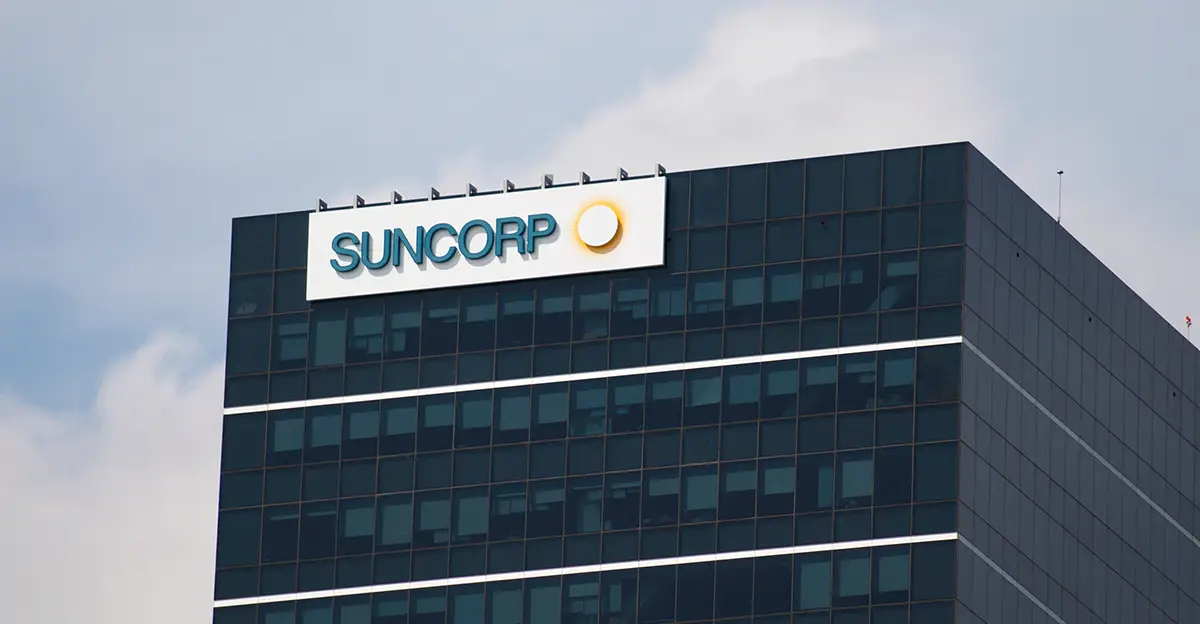(Re)in Summary
• The Hong Kong Insurance Authority introduced an RBC solvency regime on 1 July 2024, 18 months after bringing IFRS 17 into force.
• Ellick Tsui, Chief Financial Officer at Chow Tai Fook Life Insurance says the combined changes create greater stability and rewarded firms with better ALM practices.
• The absence of a steep long-term interest rate curve is challenging the sales of long-term guaranteed savings products, given the returns now available on bank deposits.
• The performance of US equity markets compared with Europe and emerging market benchmarks was a ‘reversal of capital market norms’ which has led Chow Tai Fook to evaluate its investment strategy.
The introduction of the Hong Kong risk based capital (RBC) regime in July this year not only improved corporate governance and economic stability it will also increase customer confidence in insurers during periods of market volatility, said Ellick Tsui, Chief Financial Officer at Chow Tai Fook Life Insurance.
The Hong Kong RBC regime replaced the previous factor based regulatory standard in July this year, and followed the introduction of accounting standard IFRS 17 at the start of 2023. Speaking at the EAIC conference in Hong Kong last week, Tsui said that both initiatives were part of a transformation of market dynamics and customer expectations.
“This solvency framework is sensitive to asset and liability matching. The resulting product mix, economic valuation and corporate governance will reinforce market stability.
It also allows a level playing field where insurers with good risk management are rewarded with financial and solvency stability and hence higher customer confidence, especially during volatile markets,” said Tsui.
The CFO referenced the 2023 rise in benchmark US Treasury 10-year yield, which peaked at 4.98% – a 15-year high – before dropping back in December to 3.79%.
“Look at what the interest rate is today, it’s dropped by almost 100 basis points but now the Hong Kong RBC capital position is more closely aligned with the actual economic profile of both assets and liabilities.
RBC also contributes to the healthy development of the investment portfolios, as insurers are incentivised to recalibrate our investment strategies to focus on ALM risk-adjusted numbers rather than purely chasing higher returns,” Tsui said.
Tsui said that the introduction of Hong Kong RBC also meant radical change in terms of product development meant that insurers with better asset liability matching (ALM) would be rewarded with better profitability.
Radical change
“That’s why even if you can copy one product from one company to another, if you do not fully understand the back end, what the investment team does, and the ALM being implemented, the profitability of the same product can be drastically different.
In addition to insurers needing a good product development team at the front end, they also need a solid back end team looking at risk management, ALM, and RBC to support the company. This is essential in today’s RBC regime,” Tsui said.
Tsui said that the switch to IFRS 17 was another pivotal change for the insurance sector which shifted attention towards the creation of long-term shareholder value instead of short-term topline growth.
The CFO said that the new accounting standard involved a fundamental review of product strategy to achieve a balance between profitability and high capital consuming products which meant insurers are now focussing on sustainable economics over market share.
Tsui also said that changes to how premiums are accounted for in profitability terms under IFRS 17 meant that insurers returns are now much more comparable with banks.
“A lot of these accounting terms are quite complex and I’m sure that a lot of people don’t fully understand them but that is why you have a good team of accountants and actuaries at your company back end to deal with all these differences.
It also means that a company with a good financial team can provide a much more stable income,” he said.
Tsui also pointed to the change in US interest rates as providing a challenge for insurers in terms of product development, due to the relatively flat structure of the yield curve. As of 30 September, US 1-year Treasuries yielded 3.97%, versus 3.76% for 10-year bonds and 4.1% for the 30 year debt.
Flat yield curve
The CFO said the absence of a steep yield curve led to difficult conversations with customers over the utility of insurance product guarantees.
‘The insurance industry always says, ‘invest in our products and you can have long term returns of say 4% or 5%’, but nowadays when you say this to a customer the reply, ‘I can actually get higher yield by doing a deposit at the bank’. The economic environment is a challenge for the life insurance industry,” Tsui said.
Tsui said that another challenge for the industry was the stellar performance of US equities – driven by the tech sector – had overturned long-term assumptions about the risk: return profile of investing in developed versus emerging stock markets.
The S&P 500 benchmark is up 97% of the last five years versus 56% for the MSCI Europe and just 5.8% for MSCI Emerging Markets – the latter benchmark posting an even more paltry 2.94% return over 10 years.
“In the old days when we looked at equity returns the thinking was, ‘emerging markets have higher growth potential and overall returns, and developed markets have lower returns because of the maturity of the financial sectors. But over the last 10 years the S&P 500 seems to have performed better than other markets.
Whereas the MSCI Emerging Market Index, which is particularly relevant for Southeast Asian countries, has had very unstable returns in recent years. This reversal of capital market norms has prompted us to reevaluate our investment strategy to meet our expected returns.
























